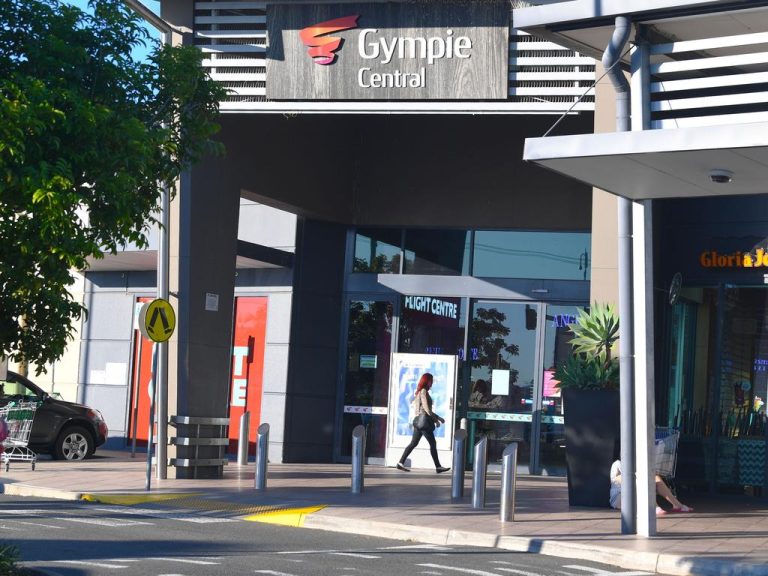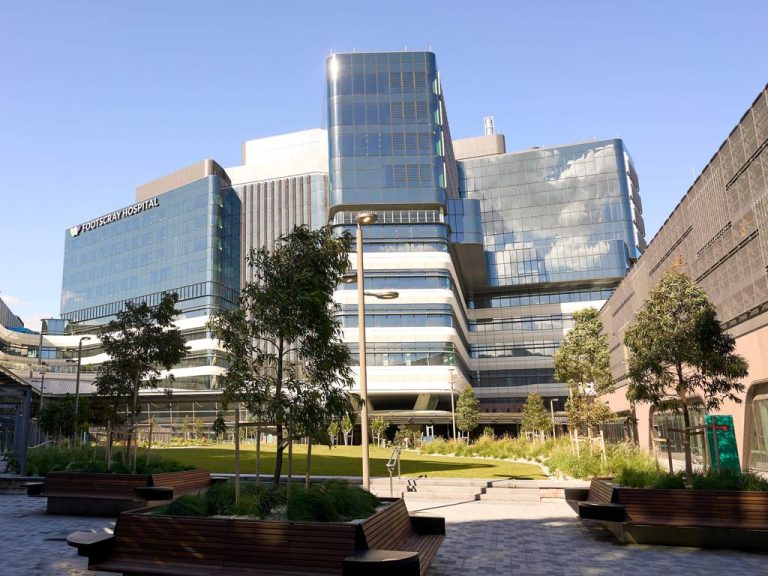How to build a commercial property portfolio in 7 steps

When deciding which commercial property is your best option for starting a portfolio, there are many factors to consider. Thoroughly planning and researching your strategy could position you to realise the financial benefits for years to come.
1. Identify your goals and investment strategy
“This is the most important step,” explains David Easterbrook of Elite Buyer Agents, “and, generally speaking, it’s not done properly.”
Educate yourself about the differences in commercial property investment focus, such as rental yield and the differences between net and gross yield.
Recognise your aims, then plan out a strategy that will service them said director of Unikorn Commercial Property Helen Tarrant.
“Choose your top two to three criteria that are non-negotiables, but don’t be too narrow,” she said.
Read more:
Commercial property investment loans
What you need to know about commercial loans
2. Create a business plan
Once you’ve identified your investment strategy, it’s time to create a business plan. Sorting out your long and short-term goals helps bring you closer to your long-term objectives. Putting effort into a business plan before your first commercial investment also demonstrates your commitment to potential financiers.
Do the appropriate preparation by reviewing your overall financial situation and setting a budget, Mr Eastbrook advised.
“Do your research and know what your worst-case scenario is,” he said.
3. Research the expected rent
If you’re funding some or all of your commercial property with a loan, researching the expected rent is required by your lender. You need to ensure sufficient profits to cover payments and generate extra income or grow your wealth.
Consideration of external factors that also affect rent like the state of the economy, interest rates and supply and demand will give you a more informed view Ms Tarrant said.
“Research your yields and be realistic about the market,” she said.
Ms Tarrant also advises, talking to a local commercial letting agent who can provide a guide for how much a particular type of property or location could provide in rent.
4. Buy your first property
Don’t rush into a decision without doing due diligence. Having experts on your side, such as a real estate agent, financial planner and a valuer, is crucial for help making the best decisions.
“Line up your finance so you’re ready to buy before other investors can make a deal.” Ms Tarrant explained.
This includes identifying whether a commercial loan will be required, and approval for the best type of commercial loan for your circumstances.
5. Grow your portfolio
Investing in more commercial properties to grow your portfolio is crucial. To do this, Ms Tarrant advises to maximise the potential of your existing property through swapping out under-performing tenants, renegotiating leases or making improvements to the property.
An investment spreadsheet can keep your portfolio organised and its management simplified. It can also track regular income and expenses as well as gauging the commercial investments’ profitability.
A reputable commercial property manager can also be useful for managing multiple properties.
6. Diversify your portfolio
A diversified portfolio helps spread your investment risk and keeps your commercial property portfolio resilient said buyers advocate Cate Bakos of Cate Bakos Property.
“If something bites the commercial sector, like recently, you and your cash flow will wish you’d diversified,” Ms Bakos said.
Ms Tarrant agreed that investing in different property classes such as retail, offices, industrial and leisure spaces protect you from these sector-specific declines. This is particularly relevant for the potential commercial investor in the pandemic era.
7. Evaluate your success
Ms Tarrant said when checking in, assess if what you’ve bought matches your future goals.
Hiring a portfolio manager can simplify this process, however some metrics can give a general idea of how your commercial property portfolio is going.
These include:
Net cash flow: annual difference between your property’s income and expenses, which also tracks expenses and debt service payments.
Economic vacancy rate: determines whether you should increase your rent, for a more accurate estimate this can be compared to average vacancy rates for similar properties in the area.
Cash-on-cash return: your cash flow divided by the initial investment determines how your investment is faring now. Compare this value to similar properties in the vicinity to gauge how your income is doing.
“You can’t judge things on a month-by-month basis, there are cycles, and you need to consider where you are in that cycle,” Mr Eastbrook said.







